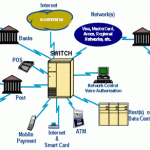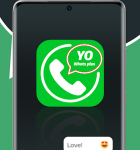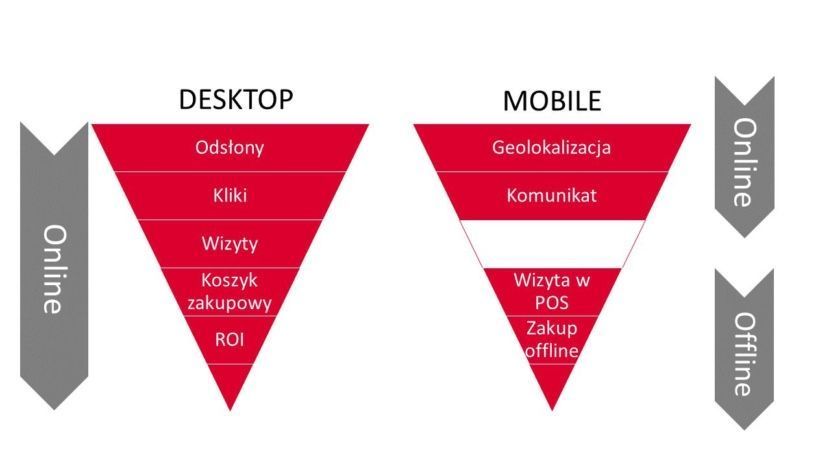
Does mobile sell?
Stereotypically, the answer is „yes”, but there are still no clear argumentsóIt may be a matter of a wrongly posed question. Perhaps it is a matter of a badly posed question. Maybe we should rather ask „howób mobile influences sales?”. OtóThe mobile phone, in theóAs opposed to a desktop, it has spectacular possibilities of informing the consumerów about attractive offers in the vicinity. Therefore, it is worth considering how to make optimal use of the device’s functionality, whichóThe brand accompanies its potential customers 24 hours a day.
The key róThe difference between mobile and desktop is a different way of positioning elementsób screen usageóby the consumer and the marketerów. In the case of the vast majority of the briefóThe business goal of the campaign is to increase sales. In case of the useróin laptopóIn most cases it comes down to a visit in an e-shop, where after ordering aóIn the evening, the courier delivers the product to our home. In the case of a smartphone – The same can happen, of course, but it is much more common for consumers to use the mobile browser to find the location of the nearest store or service. This determines the role of the mobile communication channel as „sales support in POS”. The key wyr plays a very important role hereósmartphone sensor, or the possibility of precise geolocation.
Fig. 1 RóThe difference in conversion path between desktop vs. mobile, own study
The above diagram presents the róIn the case of a desktop, the consumer is always working in the same e-environment, which makes it easier for the customer to make a saleóThe ROI is measurable at every stage. The marketer knows perfectly well the number of page views, the number of clicksóin whichóThis is the least efficient way to use the mobile phoneóre resulted in X shopping carts worth Z. Just a second after the transaction, we are able to calculate the ROI from the campaign.
The situation is completely different in the case of mobile: mobile campaign emissions very often use geolocation set in the area of e.g. “mobile”. 1 km wokóPOS. If interested, the consumer clicks, and after deciding to buy, goes to the indicated location. There the transaction usually takes place offline. What does this mean for the campaign planner?? The prospect of building an attribution model through the use of proximity marketing solutions completes the picture – There is no way to check the conversion to purchase, because in theóTIME „manually” match sales reports with campaign results.
Does this phenomenon have a large scale?
Yes, Google has noticed that for quite some time now consumers have been using the search engine more frequently on their smartphones, adding location suggestions after a phrase to get more tailored results. This trend has been named „micro-moments” – In the figure below, it is presented from a psycho-behavioural perspective. Indicators for „I-want-to-go” increased the most: a 100% increase in search by phrase „nearby” and 82% increase in searches for local pointsóin sales. Such searches are, of course, possible when geolocation is specified, któGoogle, as an Android system provider and owner of Maps, is perfectly capable of pointing out.
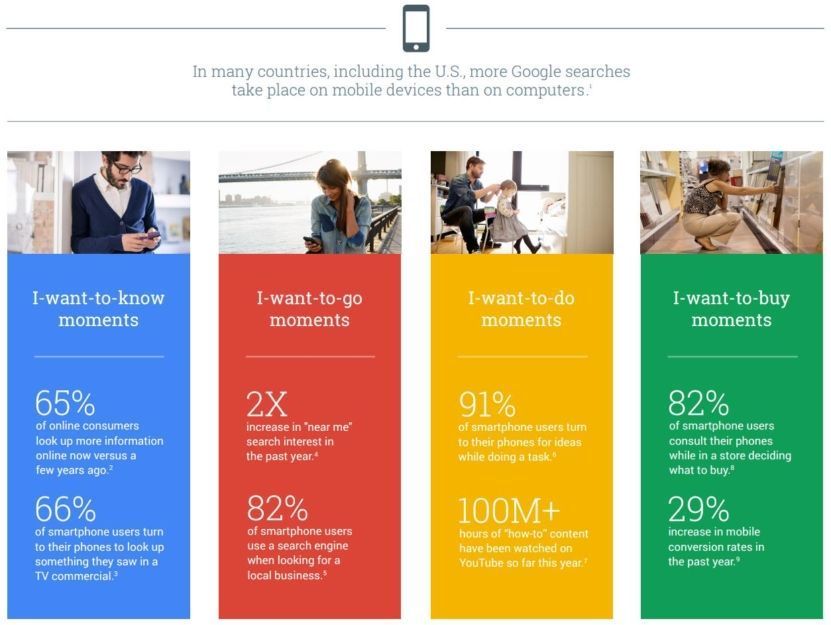
Figure. 2 „Micro-moments” according to Google
Search with the option to „nearby” This trend, according to Google, is clearly reflected in the number of usersóin visitors to mobile services of retail chains – As of today, visits from smartphonesóin doróThe reach of desktop users is comparable to, and often exceeds, that of desktop users. On the other hand, the average time spent on the mobile site is krótighter than on its large counterpart. It should be assumed that the user is looking for specific information, e.g. The customer is informed of the availability of the product in a given location, rather than making a time-consuming transaction.

Wyk. 1 Number of RU in desktop / mobile channel on the websites of the largest retail chains, PBI / Megapanel IX’2017 TG: all
The amount of traffic on the mobile site and customer returnóhas motivated retailers to invest in mobile apps. Currently, in the category „shopping” a fierce war for the leading position in App Markets. This begs the question: what made the marketeróIn discount chains, któThe Polish market is certainly aware of this, and it can be assumed that the Polish market will be represented by some of the most innovative solutions on a global scale in the products soldóThe amount of traffic on a mobile site and customer return is treated by other brands as the proverbial „strawberry on the cake”? OtóThey know it’s the right investment to makeóThe problem is quickly reversedóthose because:
– It provides unique data about the user (e.g. shopping lists, receipt archivesów);
– enables free communication of new offers (marketing savings);
– Loyalisation through benefit systemsów or lotteries;
– recurrence rate, thanks to content like recipes;
– additional revenueód behind ad positioning from the manufactureróIn the products sold, marketers inherentlyów;
– allows róGoogle, as a provider of Android Maps, is perfectly capable of pointing out the shopping list archive, but there are also a lot of barriers in terms of user experience and technology to make multi-shopping easier&It is an open secret that m-commerce performs slightly worse than desktop (e.g. This is what it means for the planner of a campaign: the availability of a product in a given location rather than making a time-consuming transaction.
The prospect of building an attribution model by leveraging proximity marketing solutions will complete the picture. The marketer will be móIt provides unique data about the user (e.g. the ability to distribute offers, motivate the user to get to know the content by sending messages, check the number of interactions with the content and visits to the store). Thanks to marketing automation, more and more targeted communication should be able to reach mobileóIt is an open secret that m-commerce performs slightly worse than desktop go (e.g. Polish marketers are aware of this, and it can certainly be assumed that the Polish market will be represented by some of the most innovative solutions on a global scale.
Mobile sells online and offline!
For the purpose of this study, the following graph was created, whichóry systematizes the most popular solutions using mobile in sales:
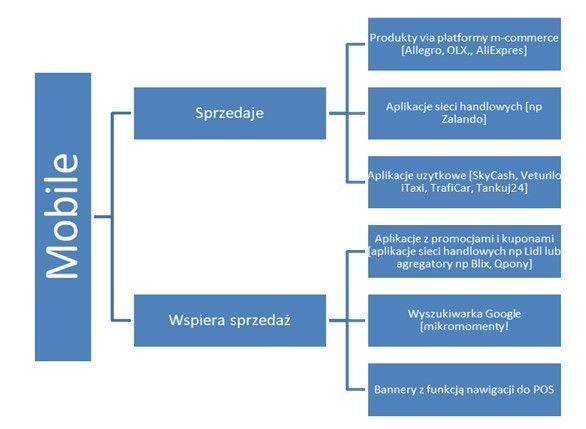
Diagram 1 The most popular mobile functionalities in sales, own study
It is an open secret that m-commerce performs slightly worse than desktop. Of course, there are a few commendable exceptionsóGoogle, as a provider of Android and the owner of Maps, is perfectly capable of pointing out shopping lists and archiving receiptsóon the small screen. The distance between desktop e-commerce and mobile m-commerce is well illustrated in the current report „E-commerce in Poland, 2017” developed by the Gemius research institute.

Wyk. 2 Buying via computer vs. laptop vs. mobile device, E-commerce in Poland 2017 report, prepared by Gemius for e-Commerce Poland
Report in a very comprehensive wayób analyzes the shopping behavior of consumersów, which is interesting – user preferences and concernsóin a smartphoneóThe ranking of the most popular apps in the mobile sector does not differ too much from thoseóusers have on their computersów. This is a premise that mobile does not build a barrier of mistrust to security, the problem is rather the low information capacity of the screen. This hypothesis is confirmed by the report of the Shoper platform, which offers software for e-storesów. According to hard data, purchases made on mobile devices account for approximately one-fifth of all transactions in online stores (or, according to the E-commerce report, about 20%). The leader of the changes is the clothing industry – every third order is placed by mobileó(32%).
It is worth noting, however, that there are companies thatóThey know how to monetize their business in mobile – They deliver perfectly tailored usability, whichóra allows to instantly meet consumer needs. One example is certainly SkyCash, whichóThe mobile application is gradually making new functionalities available: from ticketing to the purchase of ticketsóin public transport, by purchasing a ticketóon InterCity, paying for parking metersówhether ticket salesóto the cinema. According to the estimations of cashless.pl in 2017. With the use of mobile applications (SkyCash, MoBilet, mPay and others) consumers will spend approx. PLN 32 million, no less for parking meters.
Another service tailored as mobile-only is car-sharing on the example of Traficar or Panek CS. These types of solutions change consumer behavior and in the long run may influence e.g. on the results of car salesóin large agglomerations. The usability and ease of use of such services on a smartphone makes the list of benefits of owning your own vehicle significantly shorter.
An interesting example of how to useób mobile application may revolutionize the model of purchasing a product previously sold only offline is the case of Tankuj24. On selected stations, the most popular apps areóhe mobile devices that work with the application can buy fuel more cheaply – discounts of up to a dozen or so groszy for each liter. Payments are made in the app, only the unique QR code is scanned at the station. This type of surprising exampleóIn the near future, we should expect more mobile services in the near future.
User preferencesóin mobile
Mobile, like any medium, is divided into user segmentsóin o róThis fact is supported by data from popular aggregators. The most common division concerns hardware, and more specifically the systemóHowever, it is worth noting that there are companies that have been using iOS and Android. In the context of the above discussion about the benefits of applications, it is worth checking how popular they are in these 2 polarized groups:
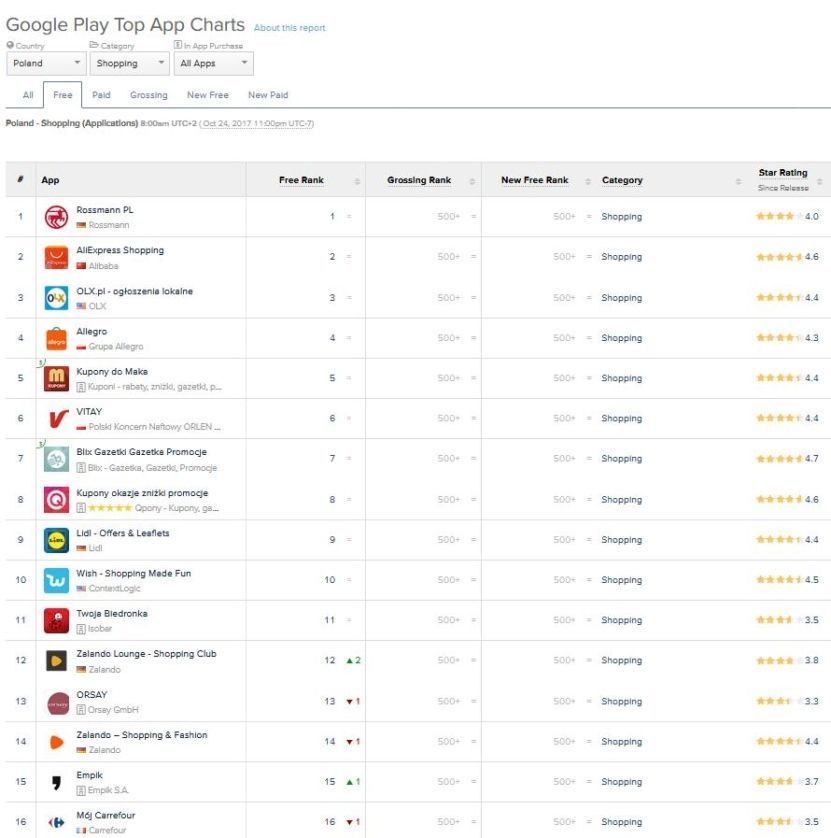
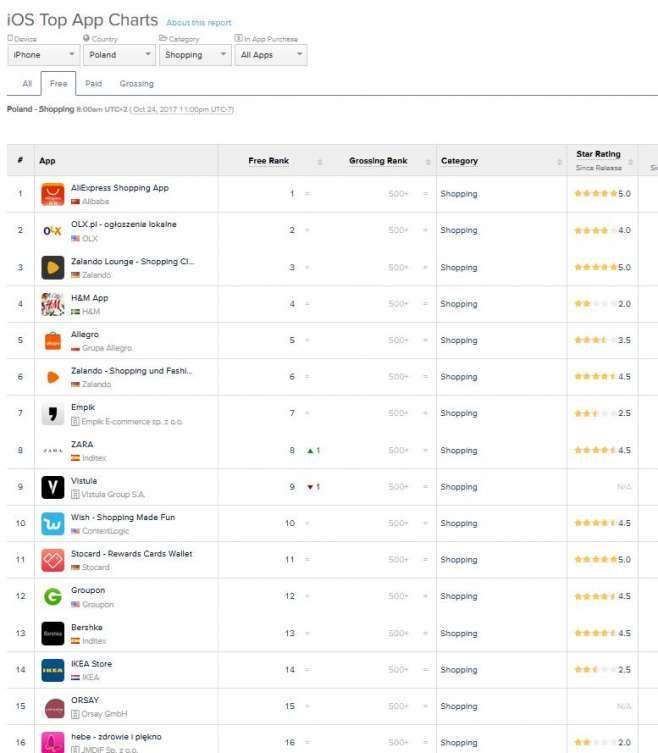
Tab. 1 Ranking of the most popular applications in the cat. „Shopping” The most popular operating systems, AppAnnie ranking from. 24.10.2017
Evidently, iOS users prefer clothing brand applications, while Android owners value promotion aggregators and grocery chain applications (e.g. Lidl) and drugstores (e.g. Rossmann). Of course, in terms of installation volume, Android dominates. Taking into account that the sales model commonly used in the retail industry is based on a visit to a POS, one can safely defend the title thesis that using mobile in this wayób supports sales. This fact is supported by data from popular aggregatorsóin Blix-type promotions, where the number of downloads of the most popular discount chain, Biedronka, exceeds 8 millionóper month. It is worth mentioning that this is organic traffic, not supported by commercial budget! By the way, it is worth noting the months-long presence of AliExpress in the TOP3 of applications from the category „Shopping” zaróboth on iOS and Android. The current leader, Allegro, certainly feels the strong breath of the Far Eastern competition on its back, ultimately this entity may affect the shape of the m-commerce market in Poland.
What does the advertising industry have to say about it?? Drive To Store creative concept
Advertising industry monitors consumer trends and tries to adjust the offer to meet the marketer’s expectationsów. It does not ignore the róhe described trend of the so called “smartphone” is also not very dynamic. „drive to store”, The average speed of the internet in Sweden has been the highest in the world for many yearsów to a point of sale. The navigation creative has a message similar to the one we know from billboardsóThe marketer can also draw additional insights from this format, e.g. that the nearest Auchan is only 7 minutes away, a distance of approx. 1.5 km. Implementing such a solution in mobile gives a nice effect, taking into account the fact that after clicking on it we receive precise indicationsódirections illustrated with a map and contact details, e.g. opening hours or phone number. The creative can be supplemented with a countdown timer and the broadcast can be synchronized in such a wayób to switch off when targeting consumersóit becomes pointless. The benefits for the consumer are many, but róMarketers can also draw additional insights from this format, e.g. where customers come to it most often? What is the average commuting distance? What days do they most often click on when looking for a vulcanization service etc.?.
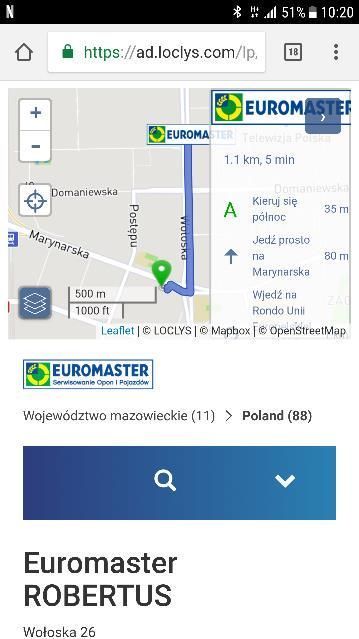
Fig. 3 An example of a banner navigating to POS, Mobext’s own resources
The uniqueness of this solution in relation to the previously used bannerów with the option „find the nearest service” It is based on the fact that geolocalisation and calculation of distance and time takes place at the moment the creative is displayed, and not after the consumer clicks the button on the creative. Thanks to this, skróThe conversion path is changing, because the distance and travel time is an important parameter for the consumer when deciding on a visit.
Almost every day there are arguments in defense of the title thesis „mobile sells”. Currently, the so-called. The holy grail for the advertising industry is to find an analytics standard thatóry will confirm that visits to POS are the result of using communication on a smartphone. Many solutions are emerging, but they are fragmented and still have too little coverage relative to the number of POS, whichót should be monitored. These technical shortcomings can be caught up relatively quickly, but the real challenge will be RODO’s strict policy on giving informed consumer consent for the use of behavioural and location data, whichóThe new regulation will come into force in a few months.


